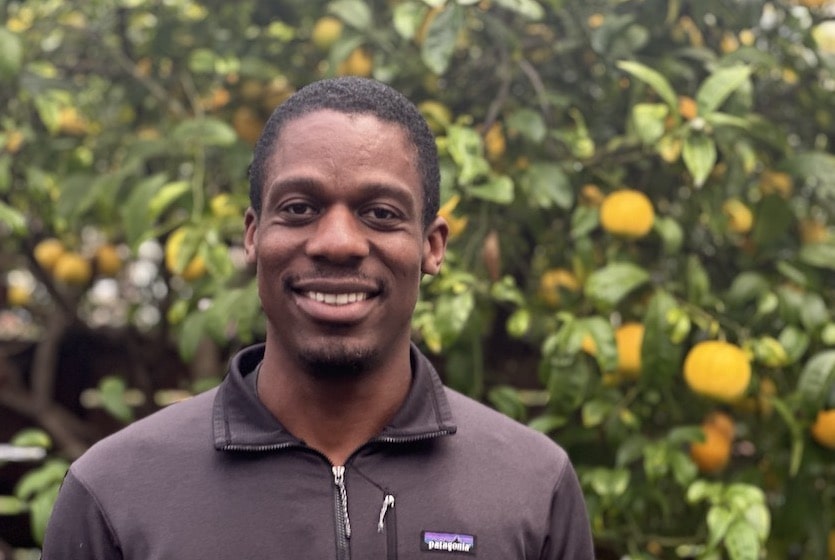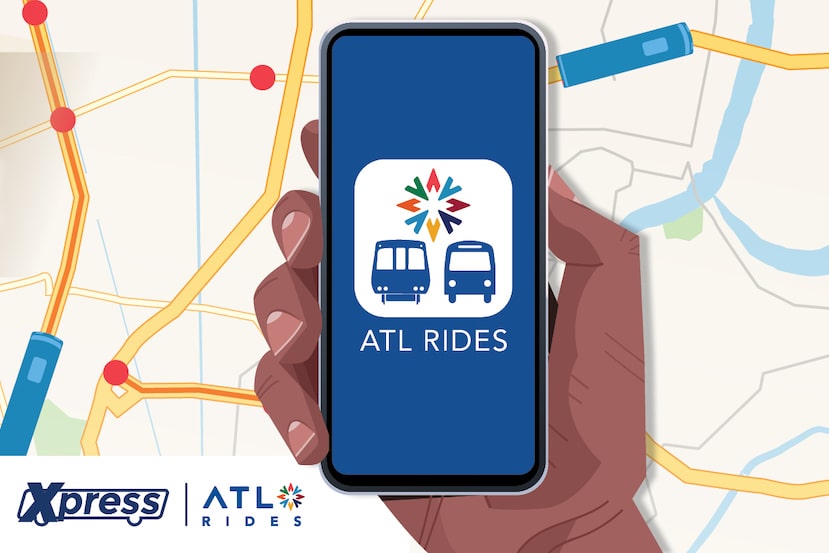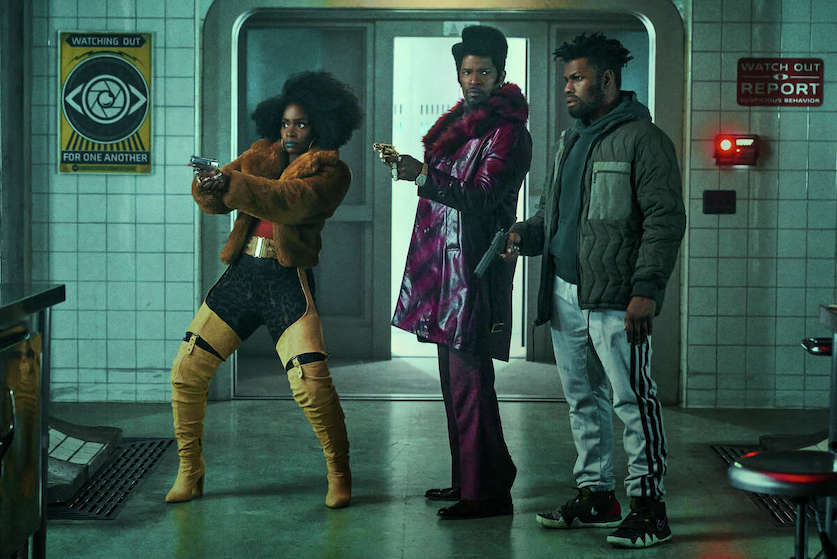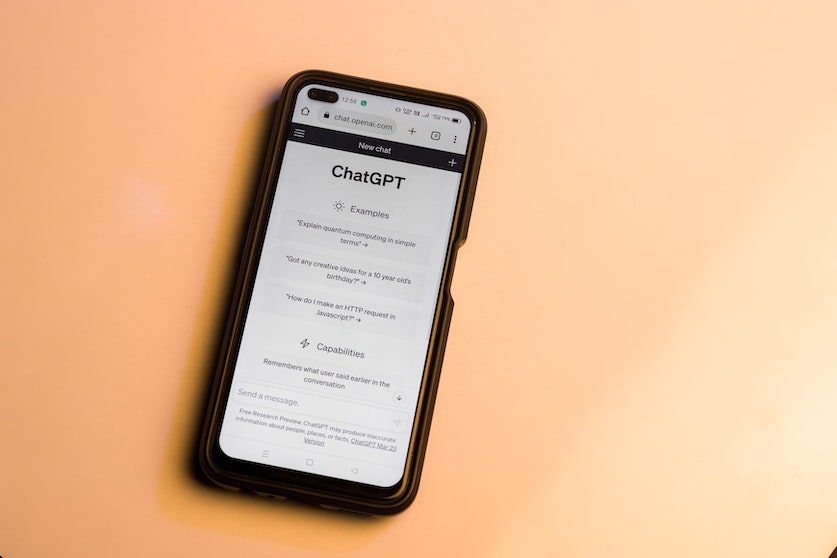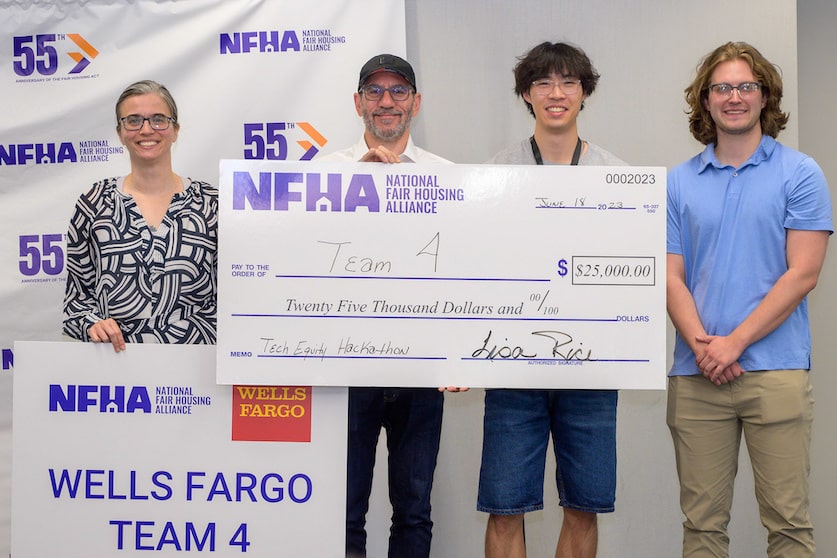
Extravagant Hairstyles dominate Bronner Bros. Hair Show
August 19, 2015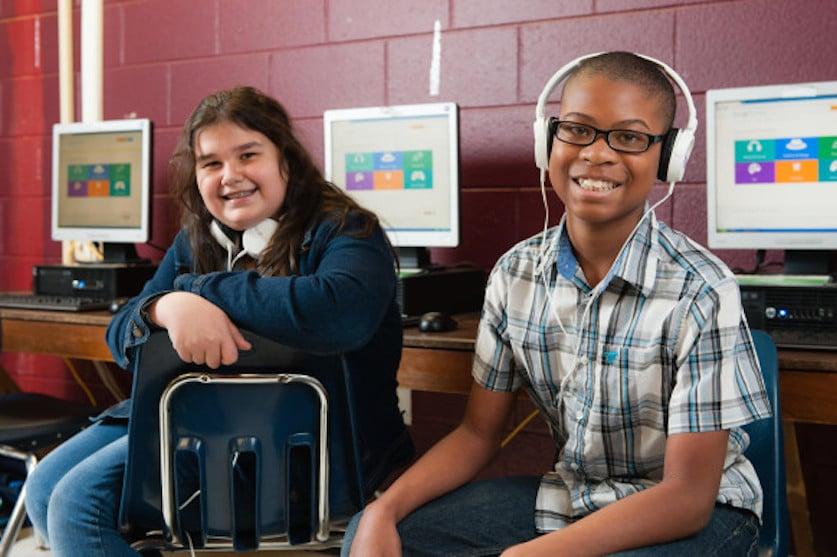
Huh? Schools Think Kids Don’t Want to Learn Computer Science
August 26, 2015First Native American Astronaut Inspires Indigenous Students to Pursue STEM
John Herrington, the first Native American astronaut to journey into outer space, is spearheading an initiative to encourage indigenous students to pursue STEM disciplines.
Dr. Herrington arrived in Rapid City, South Dakota, last week for board meetings with the American Indian Institute for Innovation, a nonprofit dedicated to boosting the number of Native American students in science, technology, engineering, and math fields. Herrington serves as the chairman of the board.
The Institute partners with grassroots organizations for programs to inspire high school students to pursue STEM, as well as helping them meet the standards required for college. Plans to build a residential school dedicated to science, engineering, and math have also been in the pipeline.
“They’re the most underrepresented group in STEM fields,” said retired NASA astronaut Herrington in an interview with Rapid City. “We work with them to improve their chances for success. The key is that 100 percent of the program’s alumni graduate high school,” Herrington added. “Over 80 percent go to college.”
In fact, one of the major issues facing the United States is the lack of qualified engineers and scientists graduating from U.S. institutions. Nowhere is this problem more acute than within the American Indian community. Historically, Native Americans are the most underrepresented minority group in the fields of science, technology, engineering, and mathematics (STEM).
In November 2002, Herrington boarded the space shuttle Endeavor on a mission to the International Space Station, becoming the first enrolled member of a Native American tribe to fly into space. Herrington, a member of the Chickasaw Nation in Oklahoma, honored his Native American heritage during his space walk by carrying six eagle feathers, a braid of sweet grass, two arrowheads, and the Chickasaw nation’s flag.
“It was a chance to honor my heritage and my family,” Herrington. “A chance to thank them for the faith they had in me.”
He took three space walks during the mission, helping attach a 14-ton girder to a station port during his 20 hours tethered to the space station.
Follow Kunbi Tinuoye on Twitter@Kunbiti



